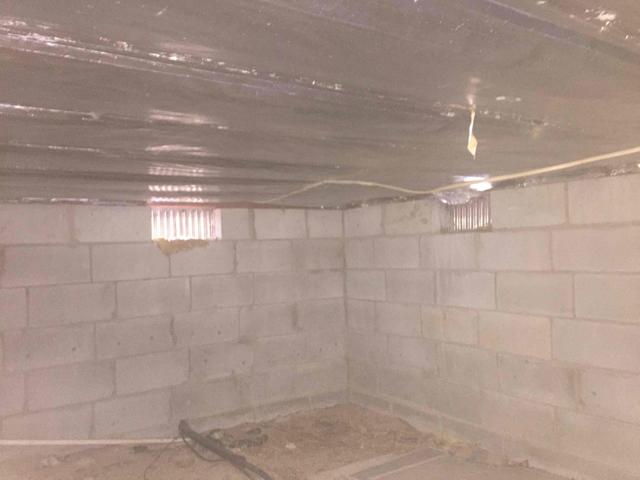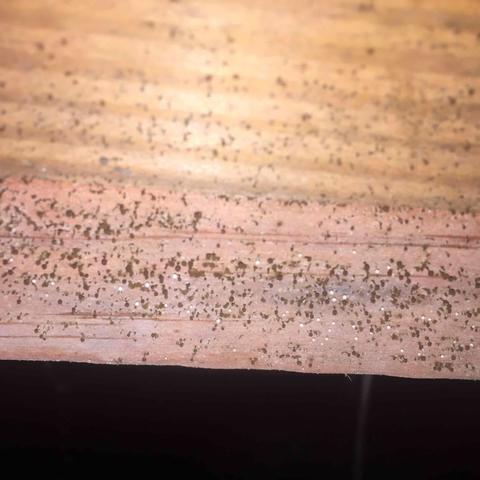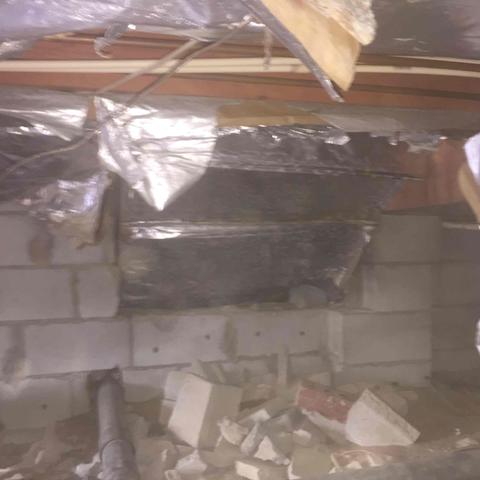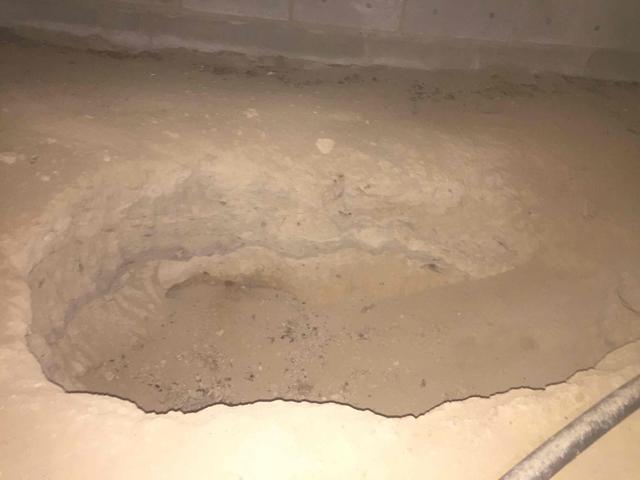
Open Vents
Open Crawl Space Vents allow hot humid air to flood in during summer months and cold air to inundate the crawl space. In the summer months, heat and humidity get trapped in the crawl space and result in moisture damage and microbial growth. In some cases, we even see wood rot on the joists, girders, and subfloor.

Mold/mildew growth
Microbial growth can occur on organic materials when exposed to a relative humidity of approximately 60% and there are moderate to warm temperatures. Because approximately 50% of the air in your home comes from the crawl space, this can impact your indoor air quality and agitate individuals with asthma or allergies.

Radiant Barrier
In some cases, radiant barriers are installed on the underside of the floor joists, with fiberglass insulation above them. The idea is that the barrier will reflect heat back into the house in the winter and down into the crawl space in the summer, in an attempt to keep the home comfortable. However, Radiant Barriers need to be shiny to reflect, and the dirt and dust in the crawl space, mean the barrier will not stay shiny for long. They also require an air space on either side to be effective, the side facing the insulation does not have enough of an air space to do its job. These barriers also allow moisture to get trapped between the barrier and subfloor, not allowing the insulation or joists to dry out.

Holes in the crawl space
We often find large holes in crawl spaces. These are sometimes a result of old tree trunks being chopped down to build, old tree roots that have decayed, or just a result of construction. Either way, they are a low spot for water to collect and sit under the home, slowly evaporating and rising into he joists, insulation, and home.


